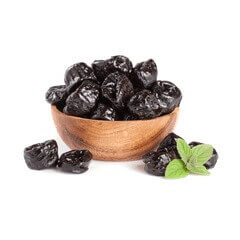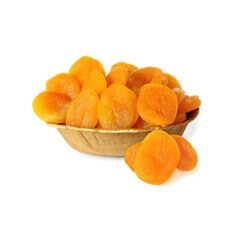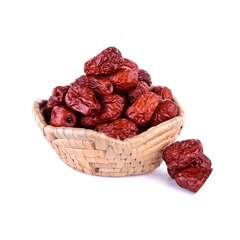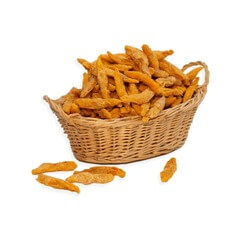Rice is the staple food of more than half of the planet’s population, and its related products, dishes, festivals, and traditions are of inestimable importance for the world’s cultural heritage. Rice cultivation and post-harvest activities provide employment for hundreds of millions of people living in rural areas, especially in developing countries. More than 4/5th of the world’s rice production is grown by smallholders and consumed locally. The importance of rice as a food and a means of subsistence is such that stagnation in production would have catastrophic effects on food security and on the fight against poverty. Moreover, as rice production significantly impacts natural resources, sustainable rice production systems must be prioritized to ensure long-term food security and human nutrition.
From Brown Rice to White Rice: Processing Techniques
- Once harvested, rice grain is unfit for consumption (Paddy rice). It is necessary to remove its outer envelope: the husk, corresponding to the glumellae, a sort of the straw that protects the grain of rice and can carry dust and dirt.
- Newly husked rice is called cargo rice or brown rice. The rice will have to undergo several operations: soaking, steaming, and processing to obtain ½ complete rice or white rice (basmati).
- The soaking phase softens the rice grains and prepares them for cooking.
- During the cooking phase, under the action of heat, the nutritious and polluting substances will migrate inside the grain. It is, therefore, important that the rice is clean to avoid contamination. This is also one of the reasons why rice comes from organic farming (the absence of chemical substances and GMOs).
- The rice is then dried and milled, and it is reduced to a degree of humidity, allowing machining without breaking the grain. This operation achieves the ablation of the different layers of the pericarp, the seminal teguments and the aleurone layer.
- At ADNOOR, the rice is gently scraped by the action of a grinding stone which will limit the heating of the grain. This technique, developed exclusively and patented, will make it possible to limit nutritional losses (for ½ brown rice only) and to considerably reduce the phenomena of rancidity which appear naturally in brown rice.
- This technique also makes it possible to reduce the cooking time of brown rice to just 10 minutes without modifying the glycemic index.
How Do You Recognize Good Quality Rice?
All grains must have the same colour. Indeed, this means that the machining is generally done using an optical selection sorter which eliminates the yellow grains (a sign of poor drying during production) and the black grains (most often, these are mouldy grains).
The colour of the grain of rice also expresses the degree of machining. The darker the grain, the fuller it is and the longer it takes to cook. If the grains have different degrees of colour, this means that the grains of rice will not all be ready at the same time during cooking.
Visit the ADNOOR website to get premium quality basmati rice, nuts, seeds, and dried fruits. We are the importers, exporters, wholesalers, distributors, and co-packers of various nuts and grains.







